In PR, your goals provide a roadmap, driving the development of your strategy. They ensure consistency in your efforts while aiding communication with your team and stakeholders. Objectives, on the other hand, are actionable steps that line up with these broader goals. They should be quantifiable, achievable, relevant, and time-bound. Whether your aim is to increase brand awareness, change perception or manage crises, setting clear PR goals and objectives is essential for your success. Want to make your PR strategies highly effective? There’s more to understand about crafting a strategic PR plan, implementing tactics, and evaluating success.
Understanding PR Goals and Objectives
To properly execute a PR campaign, it’s vital that you grasp the concept of PR goals and objectives. Think of your PR goals as your destination, painting a picture of your desired outcome.
On the other hand, your objectives are the specific, measurable steps you’ll take to reach that destination.
Definition and Importance of PR Goals
Understanding PR goals and objectives is like having a compass in the vast sea of public relations; they provide direction and purpose to your strategic communication efforts. As a public relations manager, setting clear and concise goals is essential for crafting successful PR strategies.
PR goals are broad, overarching outcomes that you aim to achieve through your public relations efforts. They help align the PR team’s efforts with the overall business objectives. PR goals guide media relations, help structure your PR plan, and serve as benchmarks for measuring the effectiveness of your PR efforts.
To paint a clearer picture, consider these aspects of PR goals:
- They provide a roadmap: PR goals guide your team, helping them understand what they’re working towards.
- They promote consistency: Clear goals ensure all PR efforts align with your overall business objectives.
- They’re measurable: Specific and quantifiable goals allow you to accurately assess your PR success.
- They drive strategy: Well-defined goals help shape your PR strategies.
- They facilitate communication: Clear goals help communicate expectations within your team and to stakeholders.
In essence, setting effective PR goals is a fundamental step towards successful PR.
Identifying and Setting PR Objectives
Now that you’ve grasped the significance of PR goals, let’s hone in on the next vital step: identifying and setting specific PR objectives. PR objectives are the actionable steps that help achieve your PR goals. They’re the specific tasks that, when completed, bring you closer to your ultimate aims.
The objectives of public relations should always be aligned with the organization’s broader goals. This ensures that every action you take contributes to the overall mission of your business. They should also be quantifiable, allowing you to measure progress and success in a tangible way.
To ensure your PR objectives are effective, they should meet the SMART criteria. They should be Specific, Measurable, Achievable, Relevant, and Time-bound. By setting specific goals that are measurable, you can track your progress and make necessary adjustments.
Goals should be achievable to keep your team motivated, relevant to ensure they align with your organization’s mission, and time-bound to encourage focus and urgency.
Crafting a Strategic PR Plan
Crafting a strategic PR plan is essential to achieving your public relations goals and objectives. It requires you to conduct thorough research and analysis, understanding your audience and market dynamics.
From this foundation, you’ll develop effective PR strategies, aligning your actions with your overarching goals.
Research and Analysis
To craft a strategic PR plan that hits the mark, you need to dig deep into research and analysis, thoroughly studying your target audience, market conditions, and the competitive landscape. This step of the strategic communication process is crucial for developing strong relationships and setting you on a path towards a successful PR campaign.
You’ll start by analyzing your target audience. Who are they? What’re their needs and preferences? Understanding this can help in crafting messages that resonate with them and meet their needs.
The next step is to study the market conditions. Is there a demand for what you’re offering? Identifying any gaps or opportunities can help shape a public relations campaign that’s both relevant and timely.
Then, you’ll need to assess the competitive landscape. Who are your competitors? What’re they doing right or wrong? This can provide valuable insights for setting and achieving your PR goals.
Here are five key aspects to consider:
- The goal is to increase brand awareness or change the perception of the organization.
- Measure PR results to adjust strategies and tactics as needed.
- Understand the importance of staying current and adaptable.
- Develop impactful messaging that aligns with your audience’s values.
- Utilize various channels and tools to maximize reach and engagement.
Taking the time to carry out thorough research and analysis can make all the difference in the success of your PR efforts.
Developing Effective PR Strategies
After gaining a solid understanding of your brand, audience, and market through comprehensive research, it’s time to put that knowledge to use by developing a strategic PR plan that effectively bridges the gap between your broad objectives and the specific tactics needed to achieve them.
Your business goals should steer your PR strategy. To set goals that will guide your public relations efforts, you need to ensure they align with your broader business objectives effectively.
Strategic communication is key. You’ll need to develop clear messages that resonate with your audience and support your reputation management efforts. Building and nurturing relationships with key stakeholders, including the international media, is crucial in maintaining a positive public image.
In this digital age, digital PR should be an integral part of your strategy. Online platforms offer new ways to reach your audience, manage your reputation, and interact with the media.
Implementing PR Tactics
Now, let’s turn your attention to implementing PR tactics.
This will involve exploring common PR approaches, learning how to execute these tactics effectively, and understanding when to adjust based on feedback.
It’s all about making your strategy come alive, so let’s get started.
Overview of Common PR Tactics
Understanding the range of PR tactics at your disposal, such as press releases, media relations, social media campaigns, and event sponsorships, is crucial in creating effective communication strategies. These tools, when used efficiently by PR professionals, can help you fulfill your PR objectives and amplify your public relations program.
Here is a snapshot of these tactics:
- Press Releases: A well-crafted press release can grab media attention, share your story, and align with your PR goals.
- Media Relations: Building strong relationships with journalists and influencers can ensure your message reaches the right audience.
- Social Media Campaigns: These are vital in today’s digital age, helping to engage your audience, promote your brand, and achieve your PR strategy.
- Event Sponsorships: By sponsoring relevant events, you can boost visibility, enhance your reputation, and meet your PR goals.
- Engaging Content: Creating engaging content across various platforms can draw audience attention and drive your message home.
Execution and Adjustment of Tactics
As you have an array of PR tactics at your disposal, executing them effectively and adjusting as necessary can help ensure they align with your overall PR objectives. You start with a clear set of objectives, which act as your compass throughout the PR campaign’s life. These objectives must support the organizational goals and align with your brand’s identity.
Next, you implement a PR campaign, diligently deploying your chosen tactics. This phase is dynamic, involving continuous monitoring of progress and frequent engagement with key stakeholders. Your PR program should be a fluid system, capable of adapting to new data, feedback, or changes in your market.
Measurement is crucial to gauge the success of your tactics. You might use a variety of metrics, such as media impressions, stakeholder sentiment, or changes in brand recognition. But remember, the numbers alone don’t tell the whole story.
Listen to your key stakeholders – their feedback can offer valuable insights into your campaign’s effectiveness.
Measuring and Evaluating PR Success
You’ve set your PR goals and launched your strategies, but how do you know if they’re working?
This is where measuring and evaluating your PR success comes in. By understanding Key Performance Indicators (KPIs) and embracing continuous improvement in your PR practices, you can ensure your efforts are effective and align with your business objectives.
Key Performance Indicators (KPIs) in PR
Let’s dive into the world of Key Performance Indicators (KPIs) in PR, the valuable metrics that help measure and evaluate the success of your PR campaigns. Setting a goal is your first step. This provides a clear direction for your PR initiatives and a benchmark against which to measure success.
Next, you need to track your media coverage. This includes both the quantity and quality of the coverage your PR campaigns generate. High-quality, positive media coverage is a strong indicator of success.
Audience engagement is another critical KPI. This includes metrics like click-through rates, social media shares, comments, and likes. The more your audience interacts with your content, the more successful your PR campaign.
Now, consider sentiment analysis. This involves measuring the tone of the media coverage and audience comments about your brand. Positive sentiment indicates successful PR efforts.
Finally, examine the impact of your PR campaigns on business outcomes. This could include things like increased sales, more leads, or improved customer retention.
- Set a clear, measurable goal
- Track your media coverage
- Monitor audience engagement
- Conduct sentiment analysis
- Evaluate the impact on business outcomes
Continuous Improvement in PR Practices
In the dynamic world of public relations, continuous improvement is your best ally for staying ahead of the curve and maximizing your PR success. Every PR campaign’s success hinges on its alignment with your organization’s business objectives. To ensure this alignment, you need to dive into the analytics and scrutinize the KPIs that reflect your PR work’s impact.
These KPIs help you identify the areas that need improvement and guide your future strategies. Objectives like enhancing brand image, increasing customer engagement, or improving stakeholder relations can be effectively measured with the right set of KPIs. But remember, it’s not a one-time activity.
Embrace an ongoing assessment of your PR strategies and tactics. Regular performance evaluations provide critical insights into what’s working and what’s not. They also help you adapt to the ever-changing market environment.
Your PR practices aren’t set in stone. They should evolve as your organization, audience, and the market dynamics change. By continuously improving your PR practices, you’re not just fixing the weaknesses but also capitalizing on new opportunities and staying resilient in the face of challenges.
In essence, continuous improvement is the cornerstone of successful PR.


